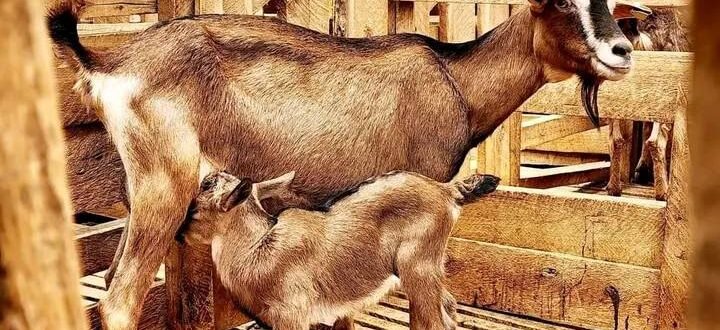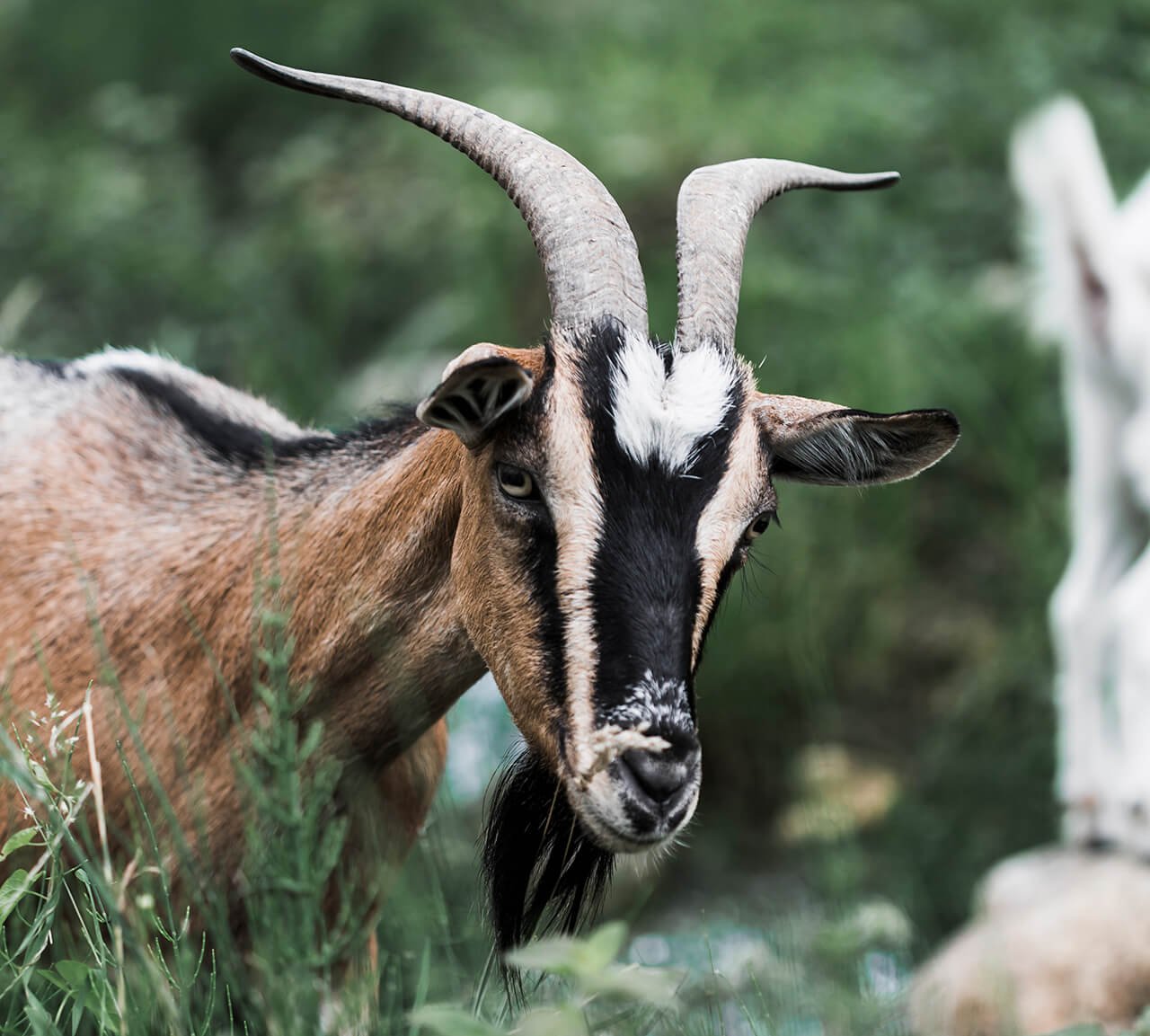Healthy and tasty, this goat’s milk could soon be the drink of choice
During her first two months, an Alpine Goat can produce up to 3.5kg of milk a day without the need for special feeds, rich pastures or intricate routines
By Zablon Oyugi
yuzablon@gmail.com
From the drought-resistant Galla goat breed – native to Kenya, Ethiopia, Djibouti, and Somalia – to the smaller, pet-friendly Nigerian Dwarf Goats and the larger breeds like Alpine Goats and Saanen Goats known for their stellar milk production, there are numerous benefits of raising goats.
Nutrition tops the list, followed by a rising demand for goat milk. In fact, the milk fetches between KSh200 to KSh100 a litre – twice the money derived from a litre of cow milk. There are many breeds of dairy goats in Kenya, but three are the most significant.
They are Saanen, Alpine, and Toggenburg. The choice of dairy goat breed largely depends on a farmer’s locality, as each breed is suited to specific climatic conditions.
We’ll take a closer look at the Kenya Alpine goat, which is as a result of careful breeding, intense selection and culling by livestock experts. These dairy goats are usually found in the Central and Eastern highlands of Nyeri and Meru districts, respectively, with annual rainfall of 701mm to 1800mm and a mean diurnal temperature of 19.5 ̊C to 24.5 ̊C.
Origin and characteristics
The Alpine breed was developed in Britain by crossing local goats with Alpine varieties imported from Switzerland in 1903, named after the Alps mountain.
According to the Kenya Livestock Producers Association (KLPA), alpines are medium to large in size and have a varied coat colour with shades of grey, brown, black, red-buff and combinations. They have pronounced manes in both male and female, and may have horns.
To farmers who are concerned on costs of production, the breed is very hardy and adaptable to various climates, besides being excellent at foraging and jumping.

Kidding and lactation
In a recent publication by the Open Journal of Animal Sciences, although many Alpine goats are zero -grazed, the kidding season is usually not synchronised but rather depends on conditions of pasture.
Experts recommend that a doe can be mated the first time depending on the breed and nutrition, provided she has at least two thirds of the final weight. If she becomes pregnant too early, she may stop growing, never reaching a normal size, and may have a reduced life span.
There is also a high risk of abortion, low milk production and death of the kid. Farmers are advised against mating young does on first heat, which may start at five months. The doe should be very well fed, developed and sufficiently large before she is 10–12 months. The kid(s) will be born five months after a successful mating.
Generally, during the first two months, a goat may produce up to 3.5kg of milk per day, which may start dropping steadily after two months, but slowly if the goat is well fed and milked correctly. For the Kenya Alpine, the milk yield increases rapidly from kidding to a peak in 35 days, followed by a gradual decline. The period a doe can be milked ranges from three to 10 months, depending on handling and feeding.
Research done in 2014 among Alpine dairy goats in central Kenya revealed that goats kidding between November and December produce the highest milk, followed by those kidding between January and March and, finally, those that kid between May and July. One goat produces an average of 2.5-4 litres of milk a day, ranging from subject to levels of management. Farmers should let the kid suckle its mother as this leads to increased milk production.
Low feeding costs
The Kenya Alpine goat can thrive reasonably well under low-input conditions in Kenya. The goats are able to adapt, grow well and produce reasonably high quantities of milk when fed locally available resources.
The females weigh 60kg and 70-76cm in height at maturity. The milk yield averages 922.5kg per lactation, or 4.5Kg per day, while the BF content is 3.6 percent. On the other hand, bucks weigh 65- 80kg, with a height of 80-90cm when mature.
Where to get Alpine goat breed
There are local certified breeders, but farmers can reach out to the Kenya Agricultural and Livestock Research Organisation (KALRO) for fully-grown does or bucks for crossbreeding purposes.
Groups of farmers from central Kenya regularly visit KALRO to purchase bucks for crossbreeding with local Kenya Dual Purpose Goats (KDPG). A period of five-to-six years is needed to attain pure breeds that produce three to four liters a day.
“A 15-month pedigree Alpine or Toggenburg buck purchased from KALRO costs Ksh15,000. To convert a local goat into a pure breed or pedigree, a farmer will need to breed five to six successive generations”, explains Mr Erastus Wanjau, a supervisor at KALRO’s Naivasha branch, the country’s main dairy goat breeding institute.
The Dairy Goat Association of Kenya (DGAK) is coordinating the purchase of cost-effective, exotic breeds and genetics for farmer groups in Nyeri. Between October and December each year, KALRO Naivasha sells pedigree bucks to interested farmers and breeders.



